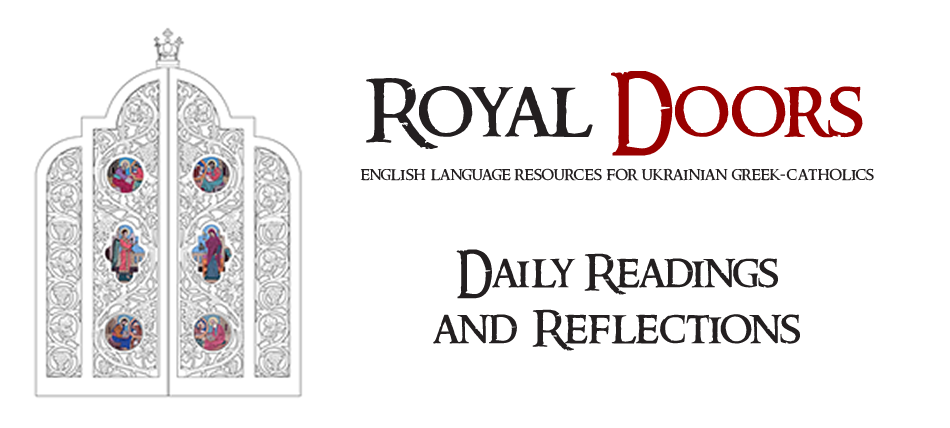by Dr. Adam DeVille
If you ask Americans how many states there are in the Union, they will tell you “fifty.” If you ask a Canadian how many provinces there are in Canada, few of us would hesitate before answering “ten.” But if someone asked you how many churches make up the Catholic Church, what would you say? Most of us would regard it as a non-sensical question; most of us view the Catholic Church as a singular entity, and therefore we would answer “one.” But we would be wrong! Just as there are not seventeen provinces or forty-two states, there is not one church in the Catholic Church but 23-yes, twenty-three!
The Catholic Church, in other words, is-to borrow a political analogy-a federation of churches or, better, a communion, of twenty-three autonomous (sui iuris is the canonical term) churches that together form the one Catholic Church. The largest member church is what everyone thinks of as the Catholic Church, namely the Roman Catholic Church. But the Roman Catholic Church-which, until the advent of imperialism in the second half of the second millennium, was largely confined to Western Europe-is merely one part of the Catholic Church. The other twenty-two are all what is collectively known as the Eastern Catholic or Oriental Catholic churches. Each of these entered into communion with the bishop of Rome at some point in the last 400 years. (At one point it used to be common to speak of different parts of the Catholic Church as simply different “rites” but this is incorrect and inadequate, as the Second Vatican Council made clear.)
The majority of Eastern Catholics are sometimes referred to as “Byzantine Catholics” because their liturgico-spiritual and theological patrimony is from Byzantium (rather than from, say, Rome). This category includes Russian Catholics, Romanian Catholics, Slovak Catholics, Ruthenian Catholics, and Ukrainian Catholics (about whom more in a moment). There are, however, other Eastern Catholics whose patrimony is not from Byzantium but from Alexandria, Antioch, Syria, and other parts of the Middle East. These include the Coptic Catholics, the Melkite Catholics, and the Chaldean Catholics.
The largest Eastern Catholic church is the Ukrainian Catholic Church, which follows the Byzantine tradition. Toward the end of the 19th century, immigration led millions of Ukrainians to Canada, the United States, Brazil, and elsewhere. Today there are more than five million Ukrainian Catholics all over the world, and a good number of them are not ethnic Ukrainians at all.
In Canada, they concentrated particularly in the prairies, but also with a strong presence in Ontario. In Ottawa, there is one large parish near Carleton University, while here, at St. Paul University, we have an entire academic body, the Metropolitan Andrey Sheptytsky Institute (MASI) for Eastern Christian studies, which exists with the support of the Ukrainian Catholic bishops of Canada. It is the only such institute of its kind in North America. Nowhere else (outside Rome) can one obtain advanced degrees (including the Ph.D.) in Eastern Christian studies but here! MASI is not only for Ukrainians or Catholics, but for all who have an interest in Eastern Christianity in its myriad manifestations.
But MASI is not simply for study. Study and prayer must go together, and must never be separated. Thus, in addition to taking courses from the Institute, the best way to find out more is to do what Jesus advised his curious Apostles: “Come and see!” The Institute is on the second floor of Laframboise and maintains a full liturgical schedule, posted freely about the university, including Matins (morning prayer) each morning during the semester; Sext (6th hour), a short prayer at noon; and Vespers or evening prayer at 4:30. Divine Liturgy (Eucharist) is celebrated each Wednesday in the semester at noon and on major feasts. If you are a Roman (or other Eastern!) Catholic you are welcome to receive Holy Communion at our services. If you are Orthodox, you are also welcome (with the blessing of your bishop).
Eastern Christians believe that “only the lover sings” (Josef Pieper) and that “beauty is God’s middle name” (Archpriest Roman Galadza) so all our services are sung beautifully in English or French (and occasionally other languages), and all, therefore, can participate. Come and see!
(originally published on St Irenaeus Mission Society in 2006).
